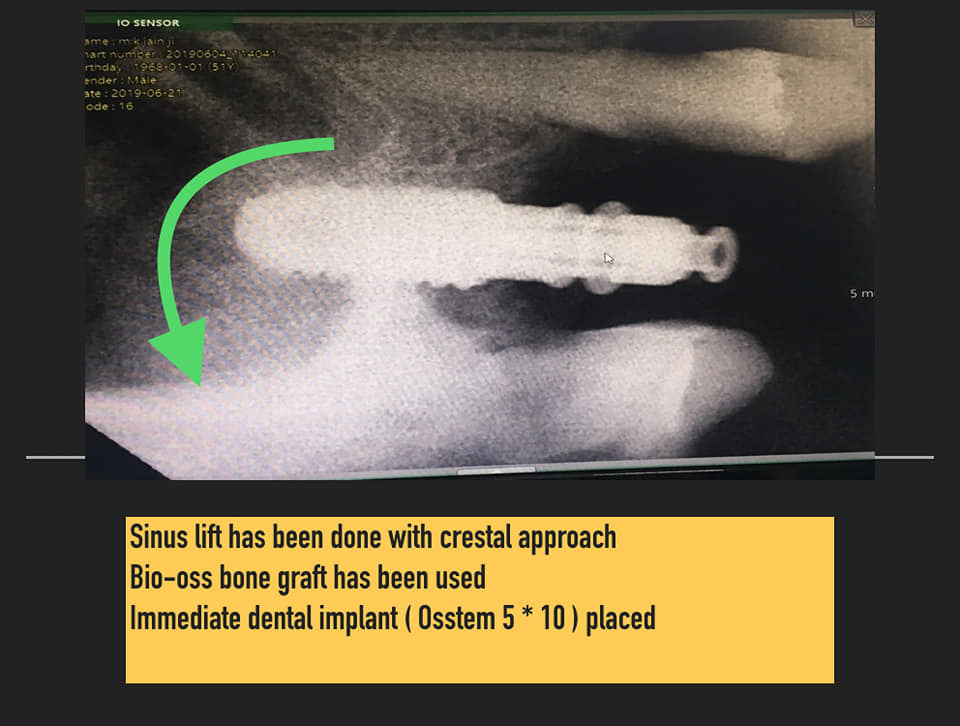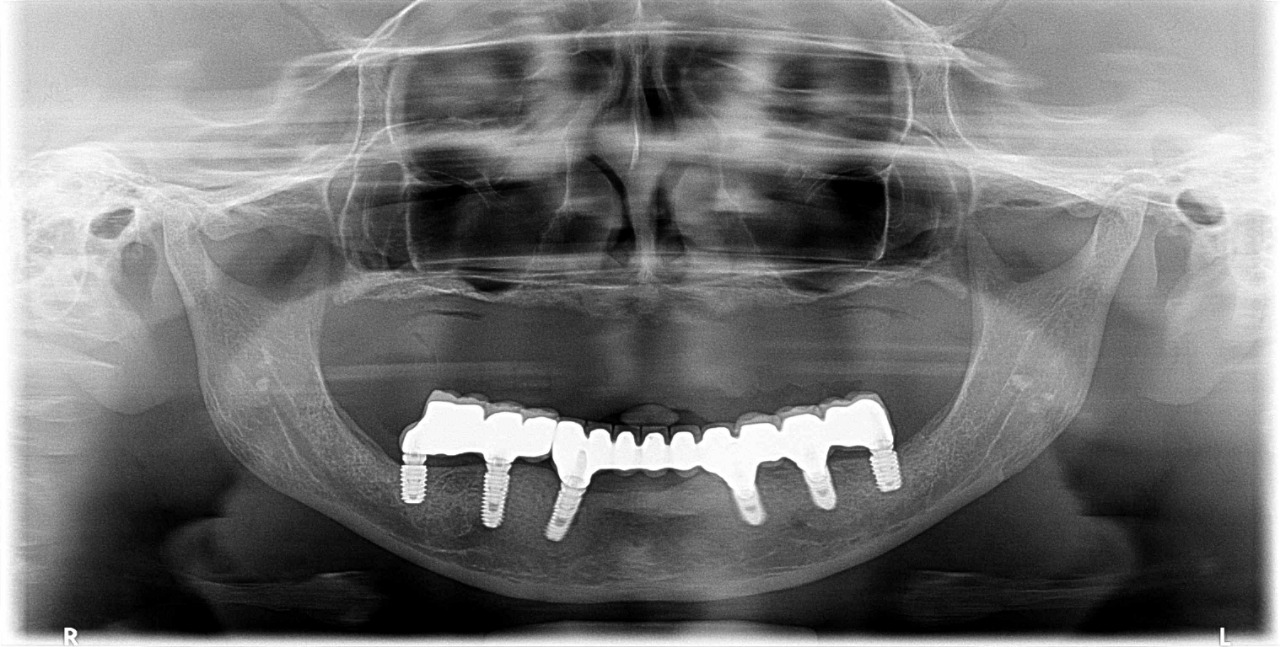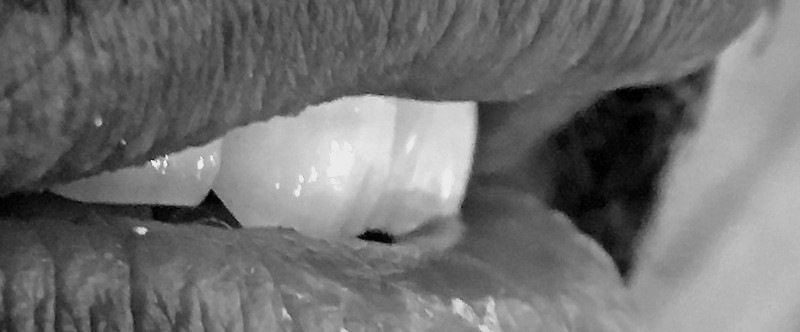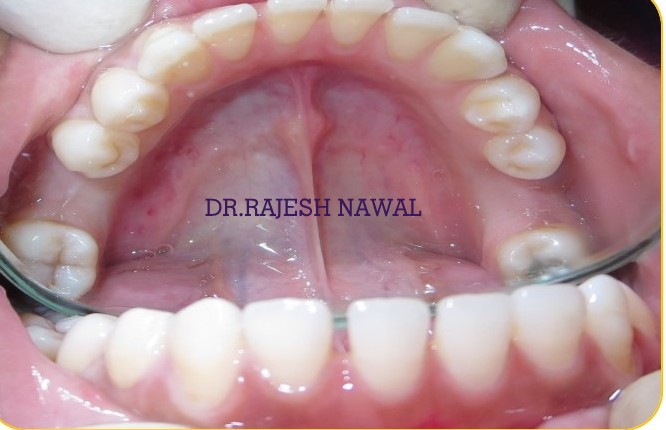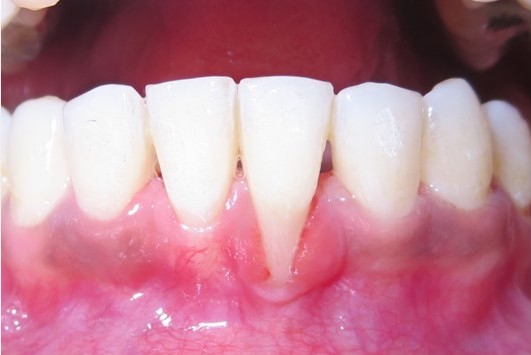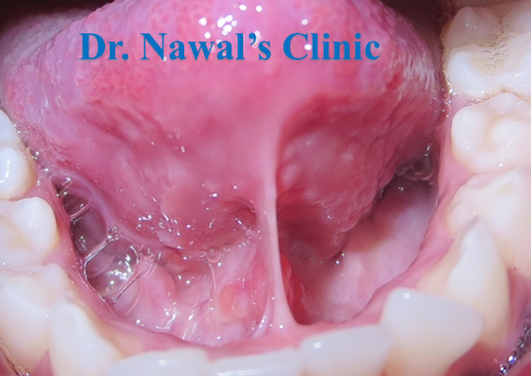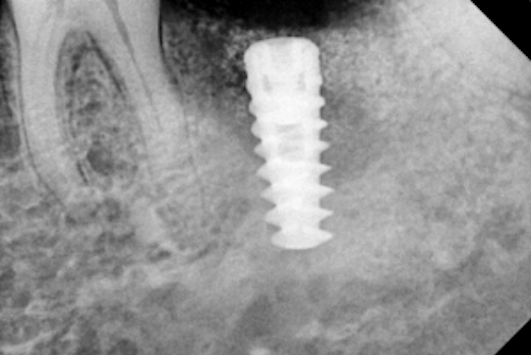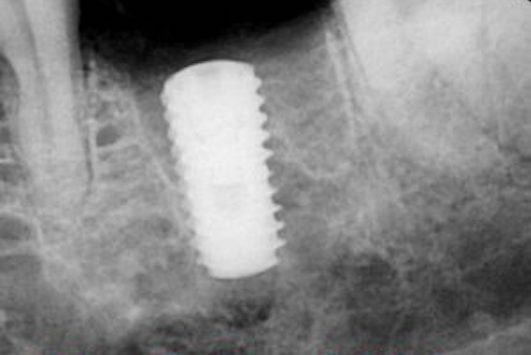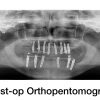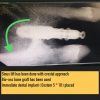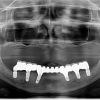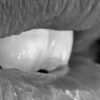Full Mouth Rehabilitation with Dental Implant Supported Prosthesis
Full Mouth Rehabilitation with Dental Implant Supported Prosthesis
Oral rehabilitation for a patient with severe loss of alveolar bone and soft tissue resulting from severe periodontitis presents a challenge to clinicians. Replacing loosening natural teeth with fixed prostheses supported by dental implants often requires either gingival surgery or bone grafting. The outcome of the bone grafting is sometimes unpredictable and requires longer healing time and/ or multiple surgeries. The presence of periodontal inflammation and periapical lesions often delay the placement of bone grafts as well as dental implants. Here we present a clinical case of a patient undergone full mouth reconstruction with implant-supported fixed prostheses. We believe that primary stability during implant placement may contribute to our success.
CASE PRESENTATION
Chronic advanced periodontitis can result in severe loss of periodontium, which is often associated with systemic conditions. Among these conditions, heavy smoking is linked to the degree of severity of periodontal disease Restoring the oral function and esthetics in these patients becomes a challenge and requires major bone grafting or artificial gingival tissue.
Here we present a case report of a patient, suffering from severe alveolar bone loss, who had undergone a full mouth reconstruction with dental implants



